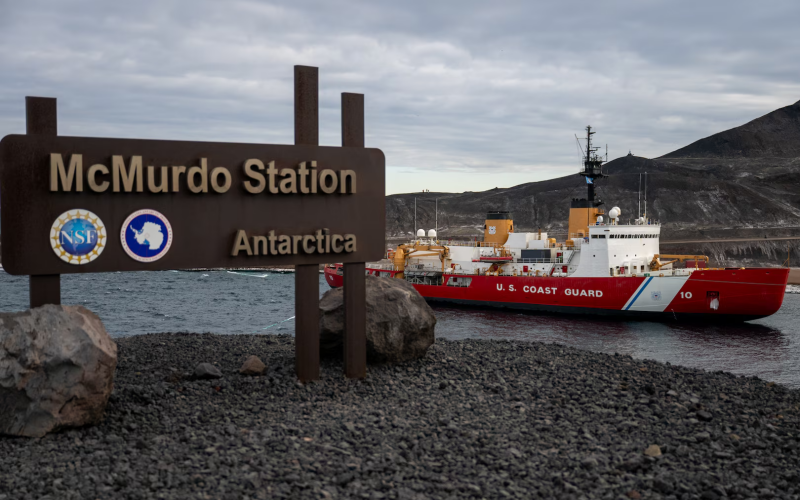After more than two months in Antarctic waters, the U.S. Coast Guard Cutter Polar Star (WAGB 10) and its crew departed the region on March 5, concluding their support of Operation Deep Freeze 2025.
Operation Deep Freeze is the U.S. military’s annual mission to assist the National Science Foundation (NSF) in maintaining the U.S. Antarctic Program (USAP). This effort involves the U.S. Coast Guard, Air Force, Navy, and other federal agencies working together to ensure logistical support for research operations in Antarctica. Polar Star’s primary role in the mission is to break through sea ice in McMurdo Sound, clearing a passage for cargo vessels supplying NSF’s McMurdo Station and New Zealand’s Scott Base.
“The surface ice conditions in McMurdo Sound were abnormally light this year, a welcome change of pace from the extreme conditions experienced last year,” said Capt. Jeff Rasnake, commanding officer of Polar Star. “Operation Deep Freeze presented a number of challenges beyond those inherent in maintaining and operating a 49-year-old ship to complete this arduous mission. We benefitted tremendously from a great deployment plan which allowed us to take advantage of favorable conditions and use the elements to stay ahead of events without pressing the cutter or crew excessively. That up-front planning made a big difference.”
During its time in Antarctica, Polar Star also conducted a crew exchange with the New Zealand Defense Force ship Aotearoa, reinforcing international cooperation in polar operations.
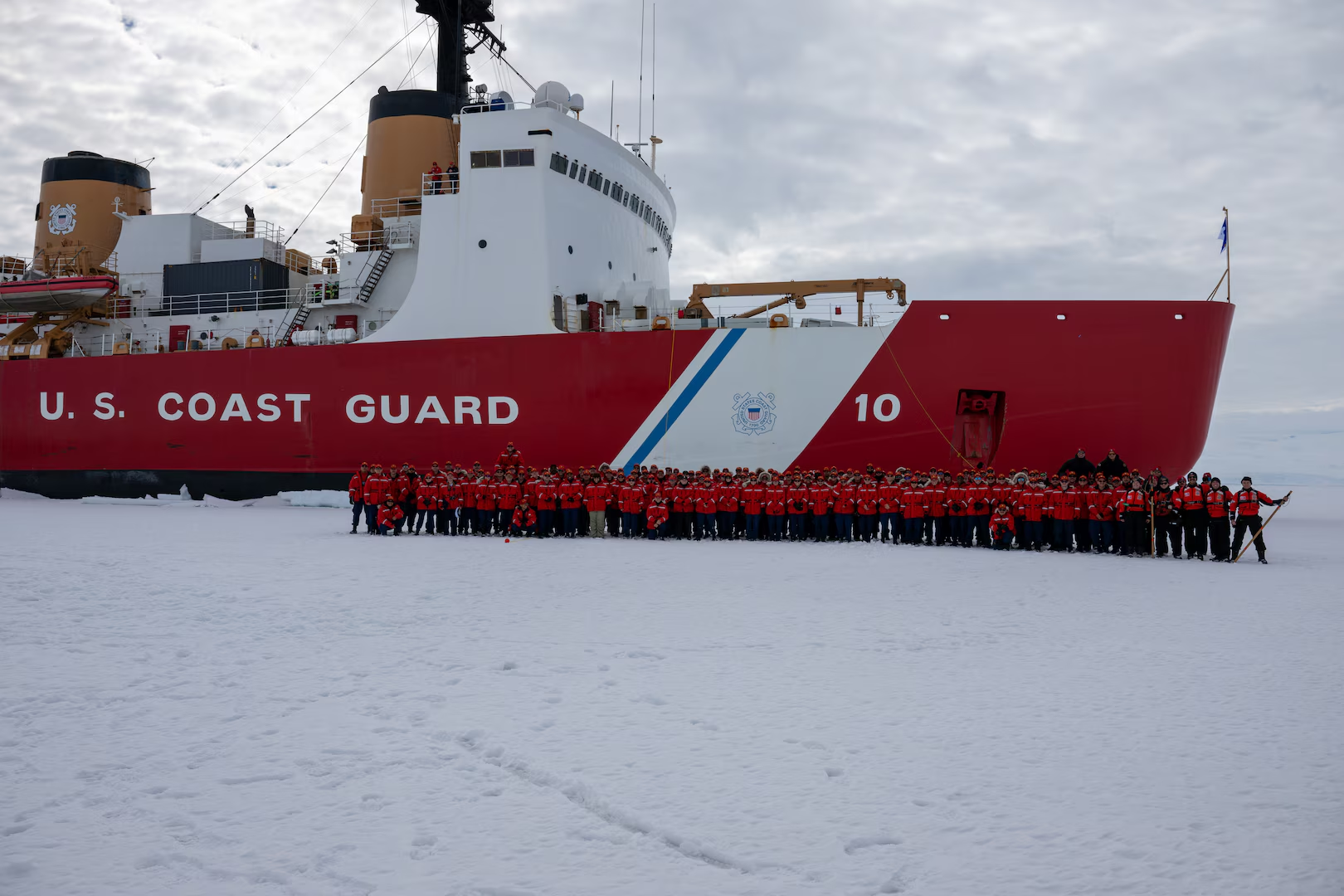
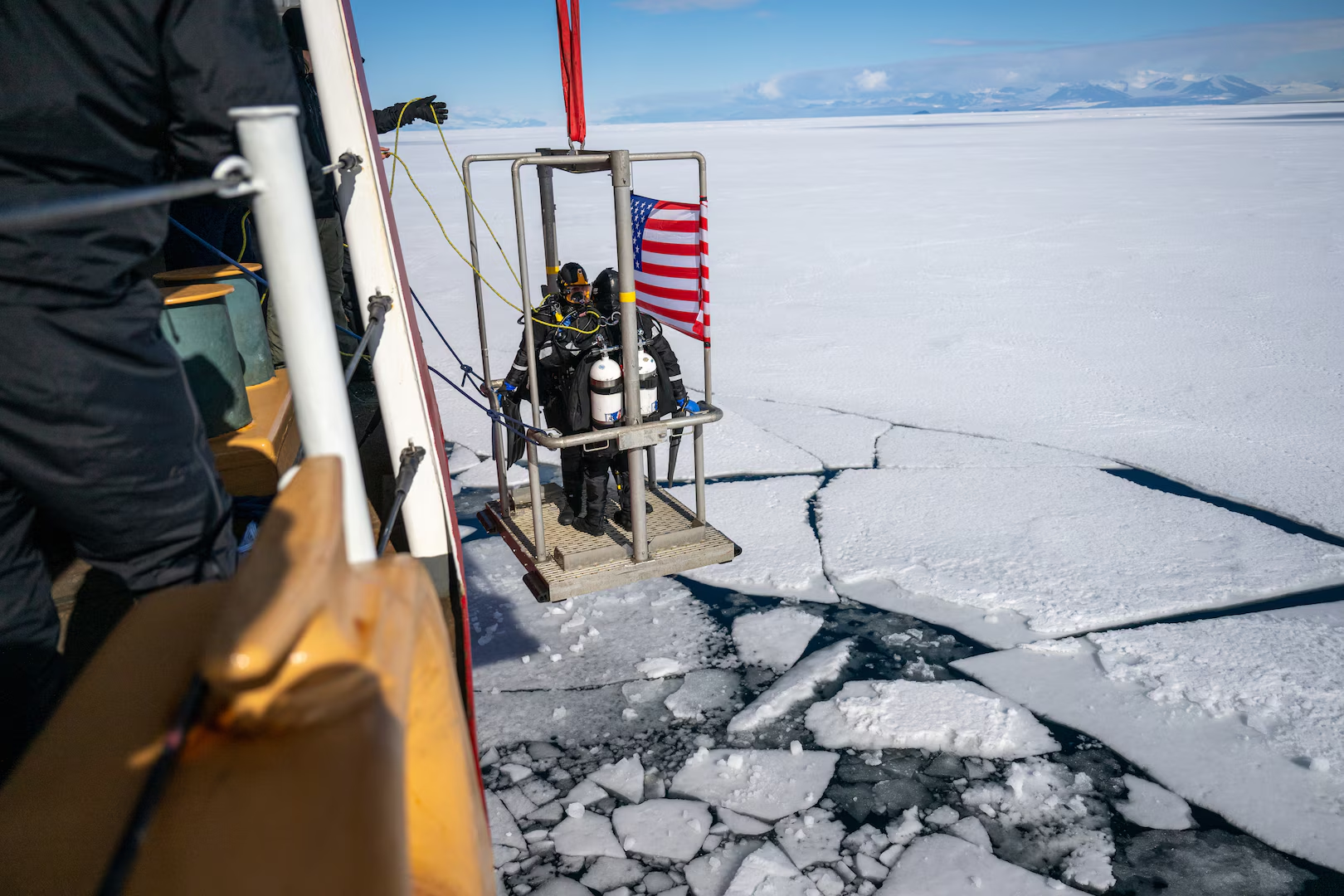
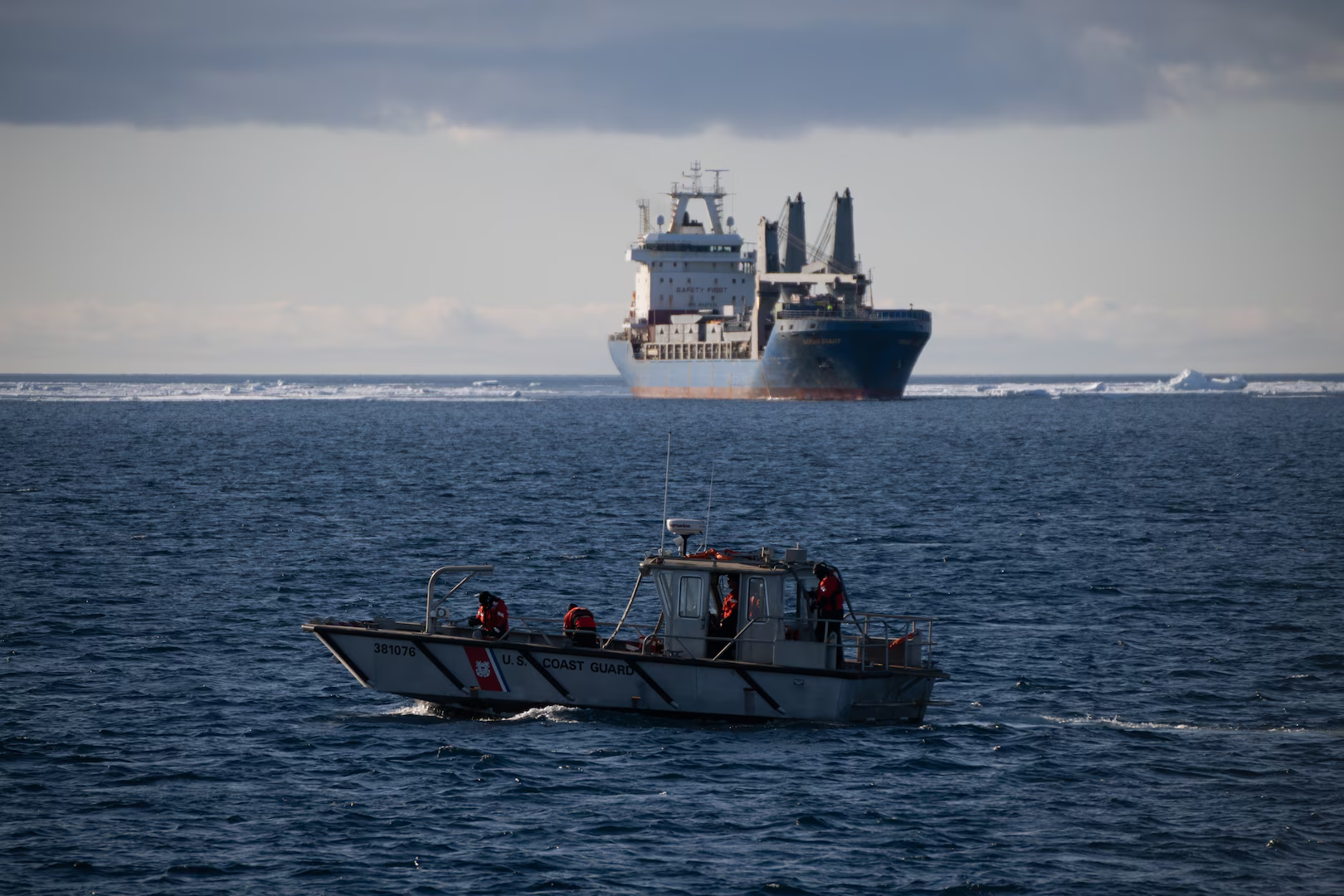
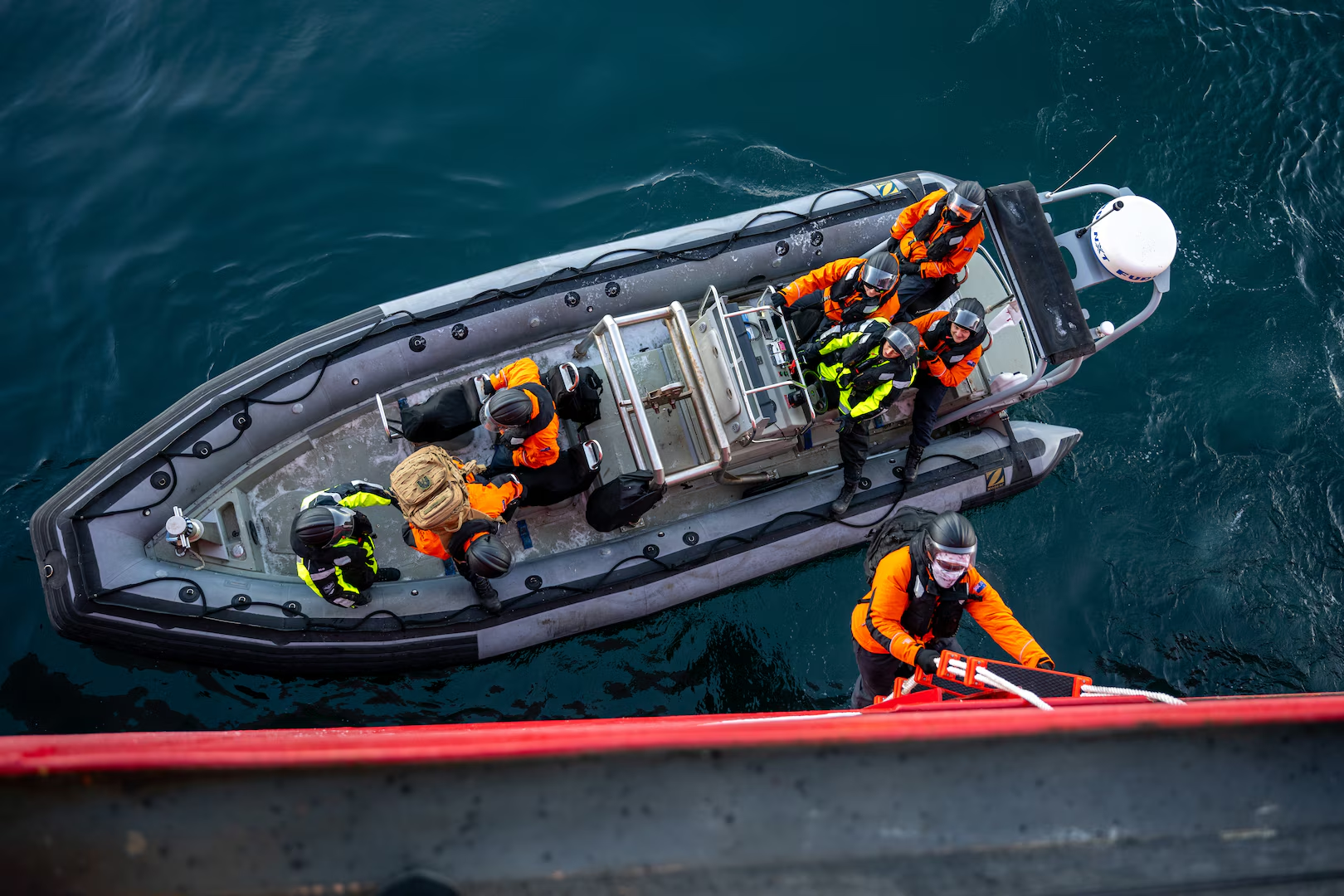

“Operation Deep Freeze works closely with other Antarctic programs, including those of New Zealand and Australia, as well as their respective defense forces,” said Lt. Cmdr. Rachel Rand, Polar Star’s operations officer. “The ability to collaborate with others to achieve mission success and ensure the United States’ vital interests in the Polar regions makes this assignment so unique.”
Beyond icebreaking duties, Polar Star supported the Commission for the Conservation of Antarctic Marine Living Resources (CCAMLR) by observing and monitoring fishing and other activity in the Southern Ocean. The cutter is the first U.S. surface asset to contribute to CCAMLR’s mission of ensuring sustainable fisheries and marine conservation in the Antarctic region.
Since departing its Seattle homeport in November, Polar Star has traveled nearly 16,000 miles, with stops in Honolulu, Sydney, and McMurdo Station. The crew also visited Cape Polar Star, a site in the Ross Sea named after the vessel in recognition of its contributions to Antarctic research during Operation Deep Freeze 1986.
Commissioned in 1976, Polar Star is the U.S. Coast Guard’s only heavy polar icebreaker. The 399’ vessel weighs 13,500 tons, and is powered by six diesel and three gas turbine engines capable of generating up to 75,000 horsepower. The cutter remains the nation’s sole surface asset capable of providing access to both polar regions, playing a crucial role in supporting U.S. interests in the Arctic and Antarctic.




